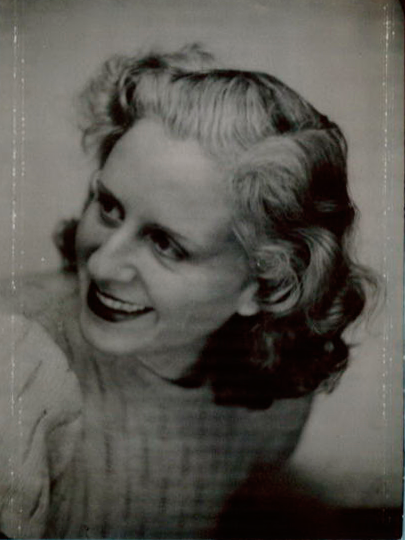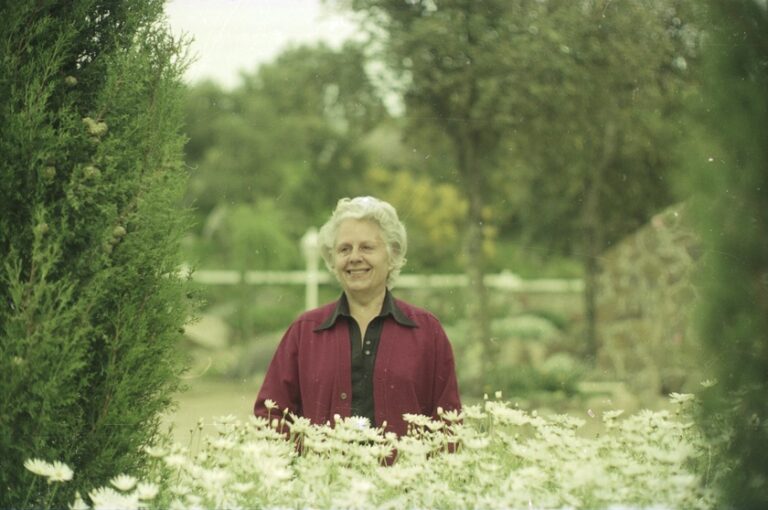Mercè Rodoreda
-

Photo: Arxiu de la Fundació Mercè Rodoreda de l’Institut d’Estudis Catalans.
Biographical note
Mercè Rodoreda i Gurguí (Barcelona, 1908–Romanyà de la Selva, 1983) is one of the most important Catalan literary voices. She is a key figure, not just for understanding contemporary literature in Catalan but also for examining the individual and collective experience of the 20th century, marked by the longing for liberty, the uncertainty of wars and the burden of exile.
Born into a family from the Sant Gervasi neighbourhood with cultural and Catalanist interests, Rodoreda only attended school for three years, and at the age of twenty she married her mother’s brother. Nonetheless, she always had a fascination with literature and a desire for independence. She started writing novels and in the 1930s also did political journalism. As a result of the Spanish Civil War, Rodoreda went into exile. She initially lived in various towns in France, and from 1954 lived in Geneva, where she stayed with her lover, Armand Obiols, for nearly twenty years. In 1972, following the death of Obiols, Rodoreda moved to Romanyà de la Selva, in the municipality of Santa Cristina d’Aro in the Baix Empordà. In 1979 she had a small house built in this little village in the Gavarres, which was her last home and the place where she was buried.
Her work
Although she also wrote poetry and theatre, narrative is the most important facet of Rodoreda’s work. She started her path as a novelist with some youthful works that she later disowned, apart from Aloma (1938), with which she consolidated her narrative voice, and which she rewrote thirty years after it was published. Exile and memory have a central place in Rodoreda’s literary universe; they are its connecting thread. Women are the protagonists of most of her works, which feature symbolic elements such as trees, flowers and angels. During her time in Geneva, she started to write again and published regularly after the turbulent years of her first exile and the Second World War. Some of her most highly regarded novels, such as La Plaça del Diamant (1962), are from this period. Another of her most important works, Mirall trencat (1974), was completed in Romanyà de la Selva, the special location that was her home in the last years of her life and writing, where, as well as some collections of short stories, she published her final novel, Quanta, quanta guerra… (1980).
-

Photo: Arxiu de la Fundació Mercè Rodoreda de l’Institut d’Estudis Catalans.
Rodoreda and the Baix Empordà
Rodoreda chose a quiet secluded place to settle in Catalonia again after her long exile. Romanyà de la Selva, where her friend Carme Manrubia had a house – called El Senyal Vell – offered the best conditions for the writer to return to the country. The tranquillity of the location and the splendour of the garden were ideal conditions for a last stage of creative plenitude. The purity of the landscape, where farmhouses and megaliths merge harmoniously with holm oak forests, fed the creativity of Rodoreda who described les Gavarres as “one of the sweetest landscapes in Catalonia”.
Mercè Rodoreda Foundation
The Mercè Rodoreda Foundation was established in 1992 by the Institute for Catalan Studies, which had been left the writer’s intellectual property. The foundation, located in Barcelona, publicises Rodoreda and her work, promoting their study and managing her intellectual patrimony. The author’s time in Romanyà de la Selva and its surrounding area can be explored on various literary itineraries, which pass through spaces that inspired her


 Escoltar
Escoltar


